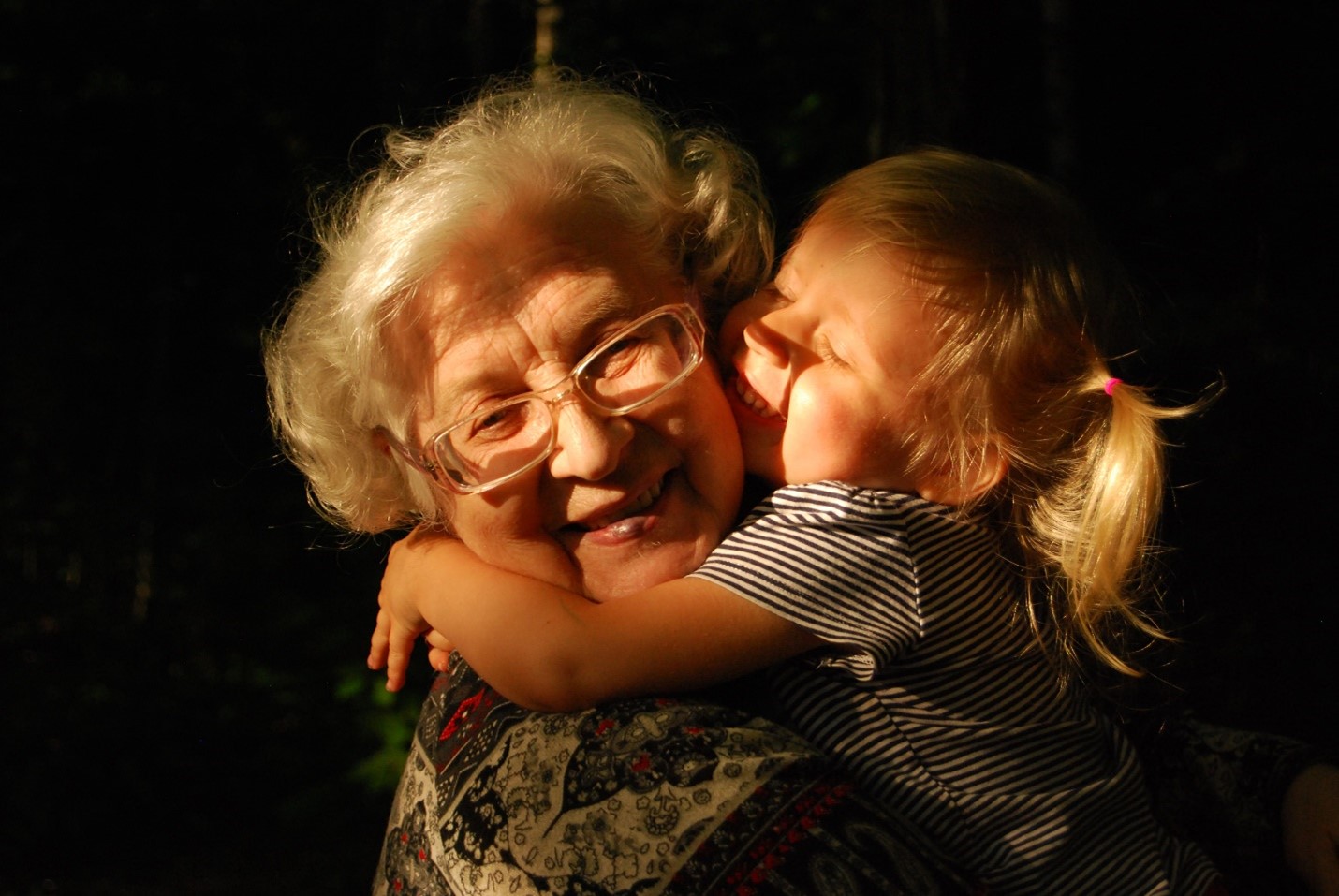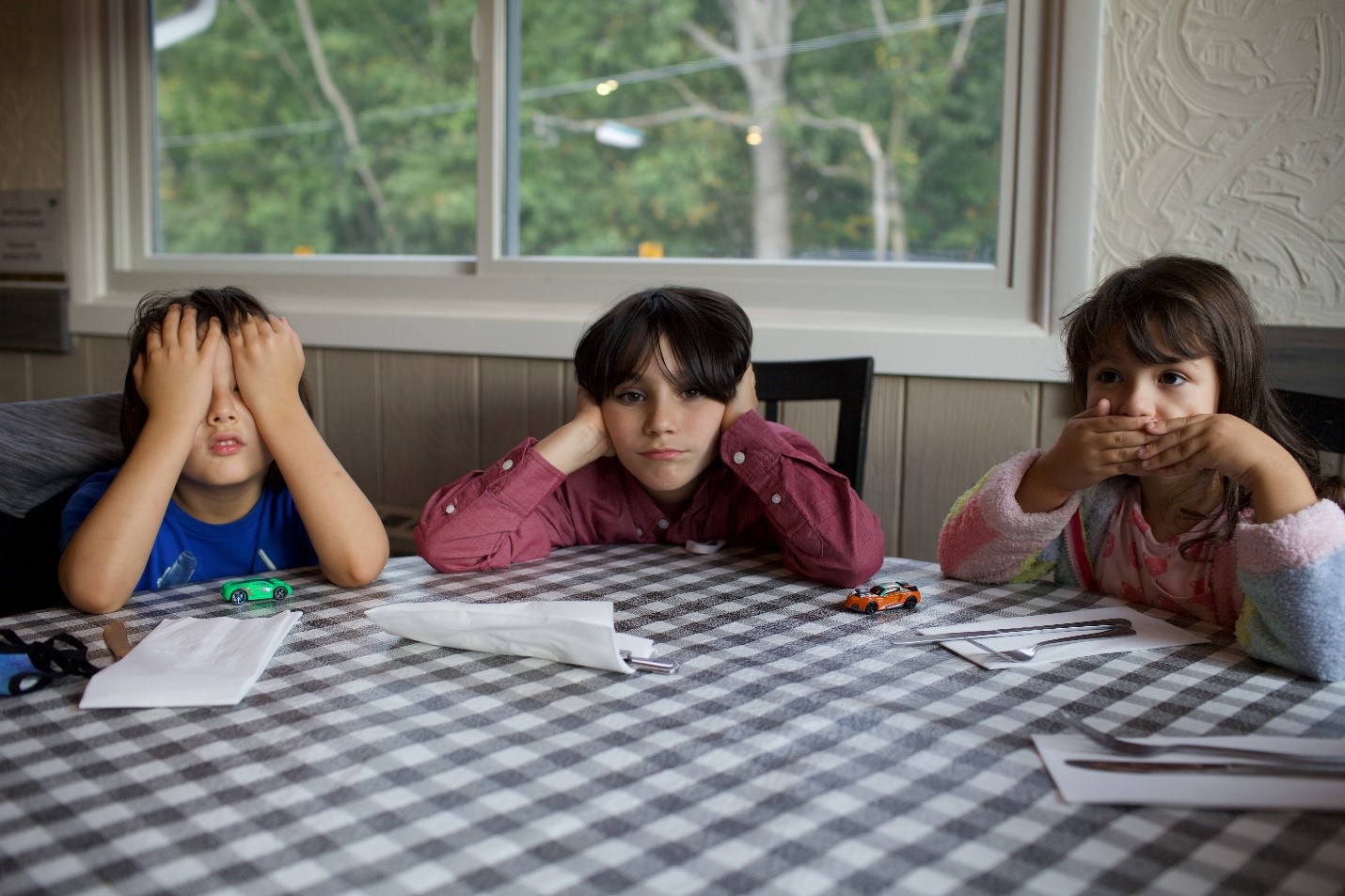Divorce is never easy and when you throw in the Canadian courts, it can become even more confusing and complicated. Which is why it is often recommended that Canadian parents, who are separating or divorcing, should look at getting a mediator. Not only does it help make it less complicated, but a good mediation process can also save Canadian parents time, money and can ensure that the children’s needs are well taken care of.
So, in a nutshell, those are the benefits but let’s look deeper at the many benefits that mediation has for Canadian parents going through the process of separation and divorce.
Did you Know Some Mediation Sessions Might be Free?
Before we look at mediation benefits, we should mention that in some provinces, such as Quebec, parents can get a few free sessions of mediation. Before you move into mediation, check to see what options you have for free mediation. Even if it is the first initial mediation, it could get through a lot of the groundwork needed for successful mediation at no cost to you.
So now that we know that it might be free, depending on your province, what exactly are the benefits?
Benefit of Mediation Number One: The Process is Confidential
One benefit of a mediation process in Canada is that the process is completely confidential. That means that the details of your mediation will only be discussed between you, your ex-partner and your mediator. It will not be filed publicly and you won’t have to worry about it being used against you in the future.
This confidentiality is often something that many parents prefer as it really shields the kids from more pain in the future if things were to be made public that they wouldn’t want public.
Benefit of Mediation Number Two: Creates a Tailor-made Plan
One of the best things with mediating for Canadian parents is that it creates a tailor-made plan for you and your family. What this means is that you are not just fit into a cookie cutter solution that the courts may put in place and that can have so many benefits for the overall well-being of your children through the divorce.
Another wonderful thing with the tailor-made plan is that you and your ex-partner can really focus on maintaining routines and family traditions that are important to both of you and your kids. You can plan together what co-parenting will look like and you can make sure that the mediator is meeting the needs of everyone involved.
While Canadian law always puts the needs of the children first, a mediator has a little room to make sure that all parents involved are happy with the arrangement and plan as well as meeting those needs of the children.
Benefit of Mediation Number Three: Helps with that High Conflict Communication
Communication between separating or divorcing parents can be filled with a lot of conflict and tension. And this tension can increase when you are going through the courts because it becomes litigious. With a mediator, however, you can avoid a lot of conflict. In addition, a good mediator knows how to navigate those moments when there is a lot of conflict, such as over money matters or visitation rights.
In the end, the focus is on making a plan and you can learn how to effectively communicate with your ex-partner simply by watching what your mediator is doing.
Benefit of Mediation Number Four: Protects the Image of the Parents
One thing that divorce and separation can do is really mess up the image of the parents. There is often a lot of mud slinging when a separation and divorce go through the court system and this can cause lasting damage to your co-parenting relationship. It can even damage your relationship with your kids, especially if it boils over in front of them.
With a mediator, they keep you on task and avoid going through the blame process or pulling out the dirt. The mediator is there for your entire family: the kids, you and your ex-partner. They want to see the family succeed in their new dynamic and that means staying focused on what’s important. Which, incidentally, helps protect the image of both parents.
Benefit of Mediation Number Five: Allows You to Make Informed Decisions
Finally, using a mediator can allow you to make the most informed decisions on the process of divorce and separation. This can be life saving for many parents and really ensures that every decision comes from the most informed and well educated position that it can. Not only will you be able to ensure the rights of your children, but you’ll be also able to ensure your own rights so that you can see your kids and have a choice in the decisions made from them just like if you were both in the same home.
Once mediation is done, you can put the plan you’ve created with the mediator into place and you can use a mediation app, such as 2houses, to continue the ease that mediation set up in the first place.
As you can see, there are many benefits when it comes to using mediation to work through all the legalities of separation and divorce. Not only does it benefit your wallet, but it also benefits your state of mind, your overall health and the well-being of your children. Together, you and your ex-partner can move through mediation and into co-parenting together.










